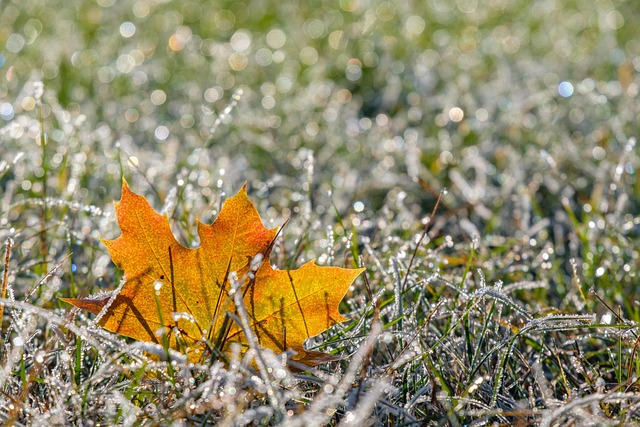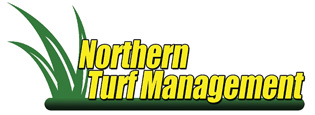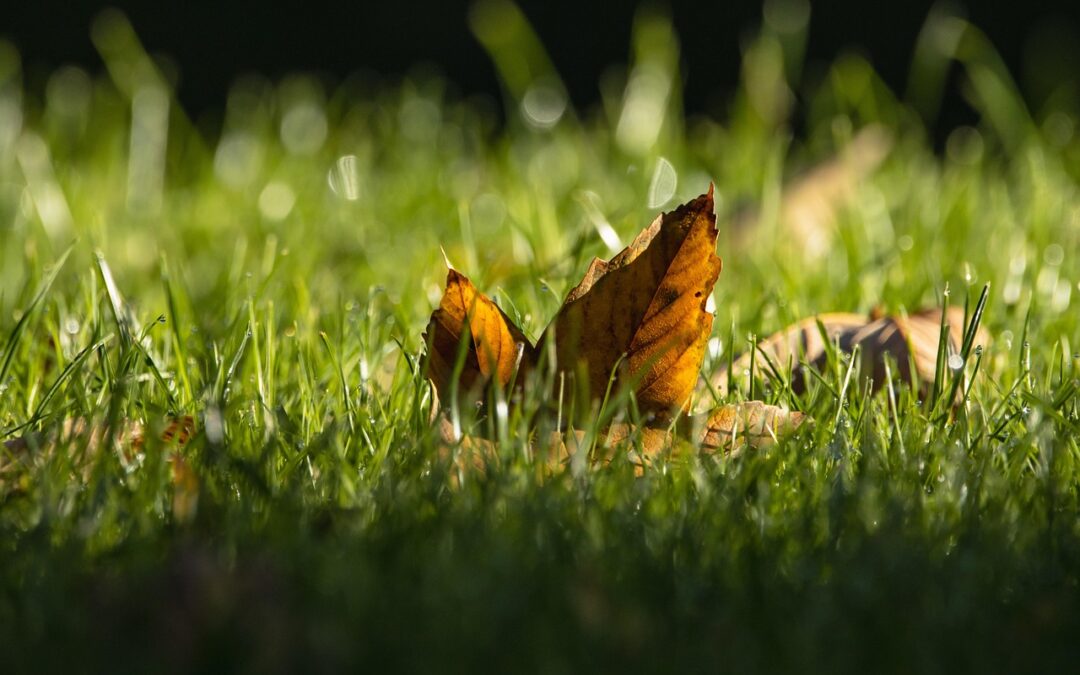When it comes to lawn care in Northern Maine, timing is everything. While many homeowners think spring is the prime season to fertilize, fall actually plays an even bigger role in the long-term health of your grass. By giving your lawn the right nutrients in late summer and early fall, you’re setting it up not only to endure the harsh winter months but also to burst back to life with rich color and vigor in spring.
Why Fall Lawn Fertilization Matters
Cool-season grasses, which dominate lawns in Northern Maine, thrive during the cooler weather of late summer and fall. After enduring the heat and stress of July and August, your lawn begins to naturally shift its energy from blade growth to root development. Fertilizing during this window ensures your grass has the reserves it needs to strengthen underground while preparing for winter dormancy.
Unlike spring fertilization, which focuses on top growth and quick green-up, fall fertilization is about long-term resilience. The right nutrient balance helps your lawn store energy, fight off disease, and recover from summer stress.

The Power of Potassium in Fall Fertilizer
A fall application is not just about “feeding the lawn”—it’s about feeding it correctly. This is why most fall blends feature:
- Lower nitrogen – Excess nitrogen in late summer can push top growth at the wrong time, leaving turf vulnerable to disease, drought, or early frost damage. Instead, you want moderate nitrogen levels that support steady recovery without overstimulation.
- Higher potassium – Potassium is often called the “hardiness nutrient” because it strengthens cell walls, improves stress tolerance, and enhances the lawn’s ability to resist cold, drought, and disease. In fall, potassium plays a vital role in preparing turfgrass to withstand harsh winter conditions and bounce back strong in spring.
By choosing a fertilizer that emphasizes potassium over nitrogen, you’re helping your lawn store nutrients where they matter most—at the root level.
Timing is Everything: August–September in Northern Maine
In Northern Maine, the ideal window for fall fertilization is late August through September. Soil temperatures are still warm enough for nutrient absorption, but air temperatures are starting to cool—perfect conditions for root growth.
Applying fertilizer too early in the summer can promote unwanted top growth during hot weather, while waiting too long in the fall may mean the lawn misses the chance to fully absorb nutrients before winter. For the best results, aim for one or two well-timed applications during this late summer/early fall window.
How Fall Fertilization Helps Your Lawn
Investing in the right fall fertilizer pays off in multiple ways:
- Deeper roots – With nutrients focused underground, your lawn develops stronger, deeper roots that can access moisture and withstand stress more effectively.
- Winter survival – Lawns that are properly fertilized in the fall are more resilient to freezing temperatures, snow cover, and winter damage.
- Disease resistance – Balanced fall feeding helps grass fight off fungi and other stress-related issues common in damp autumn conditions.
- Early spring green-up – Perhaps the biggest benefit: lawns fertilized in fall often green up weeks earlier in spring because the roots stored the energy needed for quick recovery.
Long-Term Lawn Success
Think of fall fertilization as an investment in the year ahead. By focusing on potassium-rich blends and applying them at the right time, you’ll set the stage for a lawn that not only looks better this fall but also thrives in the spring. At Northern Turf, we understand the unique timing and nutrient needs of lawns in Northern Maine. Our fall programs are designed specifically to strengthen roots, enhance color, and prepare your turf for both winter and the growing season ahead.
Call us today at 207-544-9420 to help plan your fall lawn program! For additional reading, check out our blog!

